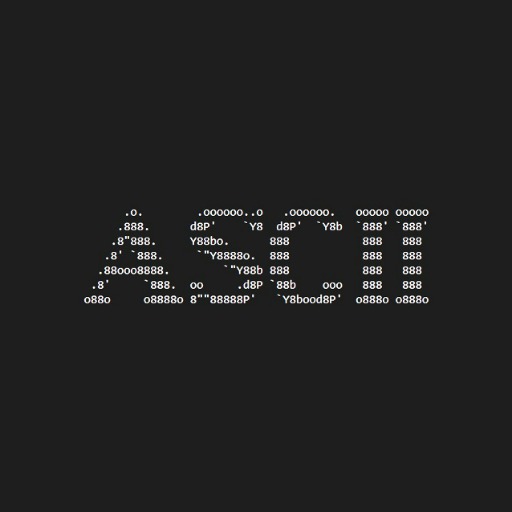Software Architecture Visualiser-software architecture visualization tool
AI-powered PlantUML diagram generator
Start Self-Description of Software Architecture
Help Me Visualize Business/Technical Features
Help Me Visualize Your Software Architecture
Help Me Visualize Client and Server Integration
Related Tools
Load More
Software Architect GPT
Builds new software architecture documents by understanding user requirements and design constraints

Azure Architect
Expert advice on Azure, clear and concise.

IT Architecture Diagram Generator
To create IT Architecture diagram for the requirement given
Code to Diagram
Generate mermaid markdown diagram from codes.

Solution Architect
Formal, thorough, and friendly architect for solutions and ADRs.

Technical Architect
Seasoned technical architect with experience designing complex enterprise systems.
20.0 / 5 (200 votes)
Introduction to Software Architecture Visualiser
The Software Architecture Visualiser is a specialized tool designed to create PlantUML diagrams from user descriptions, focusing on visualizing software architectures and systems. The main purpose of this tool is to help users articulate complex software setups, workflows, and system integrations into clear, understandable diagrams. By converting textual descriptions into visual representations, it facilitates better communication and documentation of software architectures. Examples of its use include diagramming the architecture of a microservices-based application, illustrating the interaction between client and server components, and depicting business workflows involving multiple systems.

Main Functions of Software Architecture Visualiser
Self-Description of Software Architecture
Example
A user describes their microservices architecture, including the services, databases, and communication protocols used.
Scenario
A development team working on a microservices project uses this function to generate a visual representation of their architecture, making it easier to onboard new team members and document their system.
Visualise Software Architecture
Example
A user inputs details about their stateful application, including databases, message queues, and load balancers.
Scenario
An enterprise architect uses this function to create a detailed diagram of their application's architecture, which is then used for planning infrastructure upgrades and scalability strategies.
Visualise Client and Server Integration
Example
A user describes a web application client communicating with a server via HTTP and JSON serialization.
Scenario
A project manager needs to document the integration points between a web application and its backend services for compliance and auditing purposes.
Visualise Business/Technical Features
Example
A user lists components involved in a new feature, such as the client, server, and third-party services, along with the requests and responses.
Scenario
A product owner uses this function to visually represent a new feature's workflow, which is then shared with stakeholders to ensure everyone understands the feature's implementation.
Error Correction and Refinement
Example
A user encounters an error in the generated PlantUML code and uploads it for correction.
Scenario
A developer uses this function to get assistance with troubleshooting and refining their PlantUML diagrams, ensuring accuracy and completeness.
Ideal Users of Software Architecture Visualiser
Software Architects
Software architects benefit from using the Software Architecture Visualiser to design and document complex system architectures, ensuring clarity and consistency across projects. This tool helps them create detailed diagrams that are essential for planning, communicating, and maintaining architectural standards.
Developers
Developers use the Software Architecture Visualiser to understand the systems they are working on, design new features, and document their work. This tool aids them in creating clear and accurate diagrams, which are crucial for effective communication within development teams and with other stakeholders.
Project Managers
Project managers leverage this tool to document and communicate project architectures and workflows. By converting textual descriptions into visual diagrams, they can ensure all team members and stakeholders have a shared understanding of the project's structure and progress.
Product Owners
Product owners use the Software Architecture Visualiser to map out new features and their integration into existing systems. This visual documentation helps them communicate feature requirements and workflows to development teams and stakeholders, facilitating smoother implementation and coordination.

How to Use Software Architecture Visualiser
Step 1
Visit aichatonline.org for a free trial without login, also no need for ChatGPT Plus.
Step 2
Familiarize yourself with PlantUML syntax or have a basic understanding of your software architecture to describe it effectively.
Step 3
Use the provided templates or prompts to describe your software architecture, workflows, or system integrations in detail.
Step 4
Review the generated PlantUML diagrams and refine your descriptions if necessary to improve accuracy.
Step 5
Use the diagrams to document your architecture, share with your team, or integrate into your project documentation.
Try other advanced and practical GPTs
Heartbreak GPT
AI-driven healing and relationship support

U.S. Tax Bot
AI-Powered U.S. Tax Assistance

Caricature GPT
Transforming Images into Caricatures with AI.

DISCOVER TITLES POST BLOG.
AI-powered titles for better discoverability.

OMO GPT Unrestricted
AI-powered detailed aftermath narratives.

Code Canvas
AI-powered tool for creativity and code.

Sr. Next Tailwind
AI-powered Next.js & Tailwind CSS Assistance

Resume Wizard
AI-Powered Resume and Cover Letter Creator

Novel-X: Novel Writing Aid
AI-Powered Novel Writing Made Easy

ASCII Text Art
Transform Text into Art with AI

(Art Style) Tim Burton
Create Tim Burton-Inspired Art with AI

Code Tutor
AI-powered personal coding assistant

- System Integration
- Technical Diagrams
- Architecture Documentation
- Software Visualization
- Workflow Mapping
Q&A about Software Architecture Visualiser
What is the primary function of the Software Architecture Visualiser?
The primary function is to create clear and accurate PlantUML diagrams based on user descriptions of software architectures, workflows, and system integrations.
Do I need prior knowledge of PlantUML to use this tool?
Basic familiarity with PlantUML syntax is helpful but not necessary. The tool is designed to guide users through the process of describing their architecture in a way that can be accurately visualized.
What are some common use cases for this tool?
Common use cases include visualizing software setups, documenting system integrations, explaining workflows to team members, and creating technical diagrams for project documentation.
Can this tool handle complex architectures with multiple technologies?
Yes, the Software Architecture Visualiser can handle complex architectures involving multiple technologies, communication protocols, and scaling mechanisms.
How can I ensure the generated diagrams are accurate?
Provide detailed and clear descriptions of your architecture components, their interactions, and any specific technologies or protocols used. Reviewing and refining the descriptions can help improve the accuracy of the diagrams.